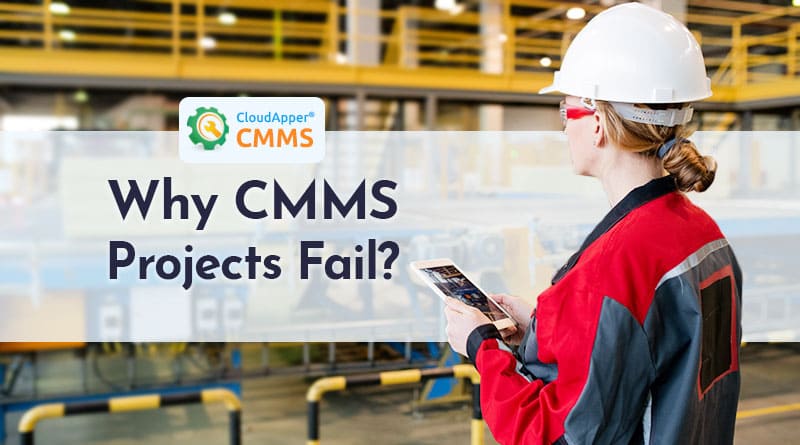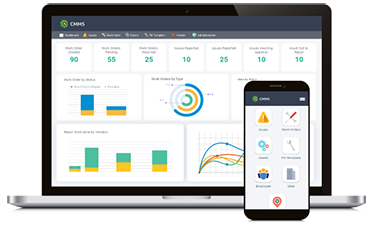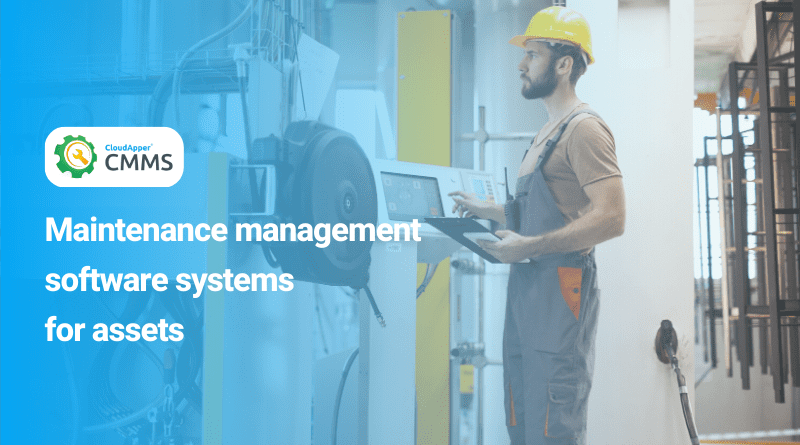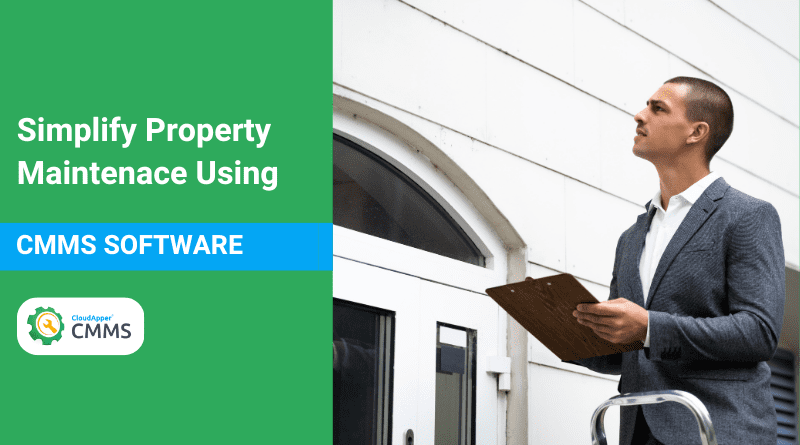Table of Contents
The implementation, spread-out, and selection of the Computerized maintenance management system (CMMS Projects) can be an important project for any facility operations management team. One of our most current online research shows that mid-range CMMS normally can cost between $10,000 and $40,000, and large and multi-position organizations will invest a lot more. Then there are hidden costs and effects of time and productivity when processes and systems are changed and deployed.
However, when effectively completed, a CMMS can make considerable rewards for facility teams resulting from reduced downtime, longer life of equipment, lower inventory, and work efficiency.
Not every CMMS Projects implementation is smooth, as is the case with any investment in innovation. The predicted advantages can be considerably decreased when things go bad. Whether you work in manufacture, public sector, education, or commercial real estate, challenges typically lead to user acceptance.
The adoption of a CMMS is severely impaired by four important factors and the resulting benefits:
- Lack of buy-in
- Too much complexity
- Do-it-yourself implementation
- Resistance to change
Lack of Buy-in
The relationships of a person with their CMMS vary depending on their function in any organization. Some CMMS Projects failure arises if people who need to use or interact with the system do not take part in requirements definition, alternative evaluation, or selection of the final solution. If important users are not participating in this process, their needs cannot be met and the system will not generate the required results. In the planning for major changes, key stakeholders require a seat at the table.
The features, functionality, and characteristics that one employee values will differ considerably from those with other responsibilities. Senior managers will likely give the reporting, cost control, and scalability of multi-site operations the highest emphasis. However, the maintenance technician user values easy operation, mobility, alerts, and indicators of progress.
Considering this diversity of needs, people won’t feel invested in making a system successful if the appropriate group is excluded from the process of CMMS selection.
Solution
For your CMMS assessment or selection process, convene a formal or informal cross-functional advisory board. Formalize the buy-in for each group by documenting their primary requirements and have them score each solution against their checklist.
Too Much Complexity
While various CMMS platforms have a similar fundamental capability, the ease or complexity of user interfaces, navigation, and access provisioning varies greatly.
To what extent a CMMS has a user-friendly interface, adoption and benefits can be greatly influenced.
If a CMMS is difficult to navigate, users are alienated, requiring too many steps or a confusing workflow. This can drive users away early in the adoption process and have long-term negative consequences. This is particularly the case if the CMMS is supplied or implemented using a generic model that is not precisely suited to the organization’s industry and unique use case.
The level of new training needed is also a way to think about complexity. A specialist system with a unique workflow can only work successfully if everyone is trained, strengthened, and monitored to ensure that they properly use the system.
Solution
During the selection process, the “easy to use” was evaluated by a number of user categories. They can assist reduce environmentally complex tools. Planning early training of key users and providing continuous training and consultation to ensure all users benefit from the maximum ROI utilization.
DIY Implementation
Some CMMS projects fail as the buyer did not anticipate the problems of building up a successful system. Once a CMMS is properly installed, it can be very user-friendly, but first of all, it is a job for professionals who have a certain system experience.
For example, for each record and working order, a CMMS, when originally delivered, has many data entry fields available. A rookie error is to leave all the input fields activated, which will probably cause confusion and mistakes for the user. With so many fields to fill in, the effort required to establish a specific activity can get overwhelmed by users.
An expert will know how to analyze initially revealed data areas, optimize the use cases and adapt them to the usability of maintenance personnel in a particular field. After the initial user uptake is secure, other data fields may be added afterward.
Solution
Have CMMS implemented by the professional service team of a software vendor or a skilled and approved third-party partner. These teams of professional services prepare themselves to create a system based on best practices that will pay rewards for years after leaving.
Resistance to Change
The way a maintenance department functions profoundly changes by CMMS. The move might be uncomfortable for many staff organizations switching from a paper-based system or spreadsheet. Maintenance personnel who have done duties for decades in a certain way may find it difficult in their work process to rely on software as the essential instrument.
Maintenance technicians have to adapt to new experiences with a CMMS from closing work orders to calling up reference papers. Some will react favorably to the shift, while others wish to dig in their heels and return to paper slips.
Solution
Firstly, engage frontline maintenance workers in the CMMS evaluation and procedure for selection. This provides the workers with an opportunity to familiarize themselves with the software and to expect the benefits for themselves and the company. Those that participate might then alongside their colleagues become the formal or informal champions of the new system. Secondly, Invest in training. It is crucial to have a clear and complete training strategy.
CMMS projects can produce good returns on investment when the aforementioned four stumbling barriers are overcome, improve operations and improve lives for maintainers and users alike.
What is CloudApper AI Platform?
CloudApper AI is an advanced platform that enables organizations to integrate AI into their existing enterprise systems effortlessly, without the need for technical expertise, costly development, or upgrading the underlying infrastructure. By transforming legacy systems into AI-capable solutions, CloudApper allows companies to harness the power of Generative AI quickly and efficiently. This approach has been successfully implemented with leading systems like UKG, Workday, Oracle, Paradox, Amazon AWS Bedrock and can be applied across various industries, helping businesses enhance productivity, automate processes, and gain deeper insights without the usual complexities. With CloudApper AI, you can start experiencing the transformative benefits of AI today. Learn More

















